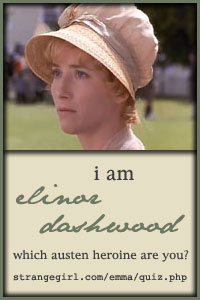The Arnolfini Portrait by Jan van Eyck (1434)
If you’re like me, you’ve seen this portrait a
thousand times and never really understood why it’s so famous. According to the
Wikipedia it is “one of
the most original and complex paintings in Western art history”.
I decided to do a little research and find out more
about it.
For starters, the couple in the portrait is Giovanni di Nicolao Arnolfini and his fiancé. The
setting is the couple’s own bedroom which is something innovative for the time.
It would be something like a reality show: we see the couple in their intimacy
with all its real details: some fruits by the window, the flip flops carelessly
thrown on the floor and the cute little dog (who looks a little like my dog, by
the way). E. H. Gombrich says “it is as if we could pay a visit to the
Arnolfini in their house.”1
By the way, each of these items has
its own symbolism – more about that in a minute.
The man’s gesture, which was very
puzzling to me (live long and prosper?), indicates that the couple is getting
married. At that time it was very common for couples to contract marriage without
the presence of a priest or any witnesses. Some of the requirements for the
marriage were the consent of both parts and a joining of the hands – which is
seen in the painting. However, there were many clandestine marriages.
We can see two indications that this
was not a clandestine marriage. In the middle of the painting we can see a
circular mirror with something written on top of it. If you look closely the
writing says: “Jan Van Eyck was here” in Latin. Reflected in the mirror there
are two figures: the painter and his wife.
This is a) innovative in terms of technique, something like Velásquez’s Las meninas and b) indicative that the Arnolfini portrait is both a depiction of the marriage (like our wedding pictures) and a valid marriage certificate in picture form - a document with a signature and a witness.
Coming back to the symbolism of the
items in the bedroom, there is a great article by Erwin Panofsky, entitled Jan van Eyck's Arnolfini Portrait 2,
where I could find the following interpretations: the dog is considered a “symbol of
marital faith”, the chandelier with only one burning candle would be there to
invoke the marriage ceremony (it was customary in the wedding procession, sometimes
given to the bride by the groom), and Saint Margareth, depicted in a wooden
figure by the bed, was “invoked by women in expectation of a child.”
All of these remember the viewer
(especially the medieval viewer) of a wedding ceremony.
There are several modern interpretations of the painting, however, I really like the ones provided by Panofsky.
1 The Story of Art by E. H. Gombrich
p. 179 Phaidon, Pocket edition, 2006 NY
2 Jan van Eyck's Arnolfini Portrait by Erwin Panofsky in The Burlington Magazine for Connoisseurs, Vol. 64, No. 372 (Mar., 1934), pp. 117-127
Images source: 1
What do you think of The Arnolfini Portrait?














